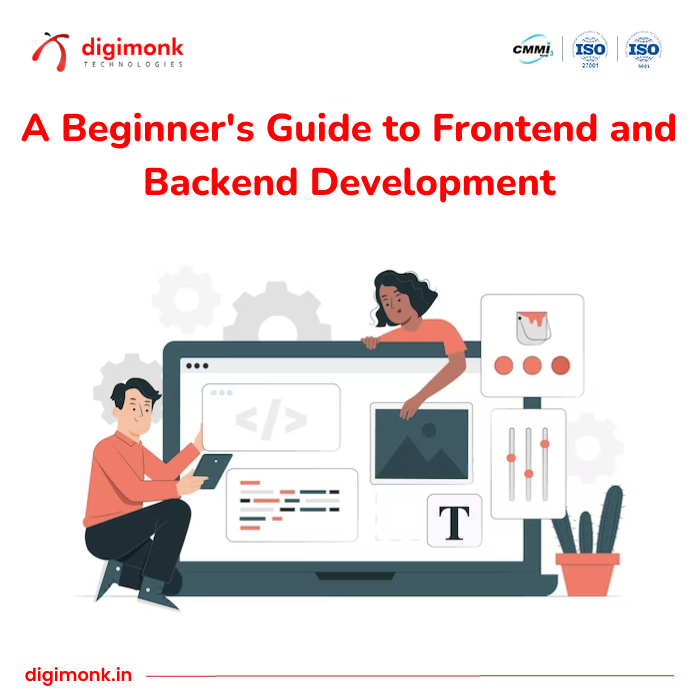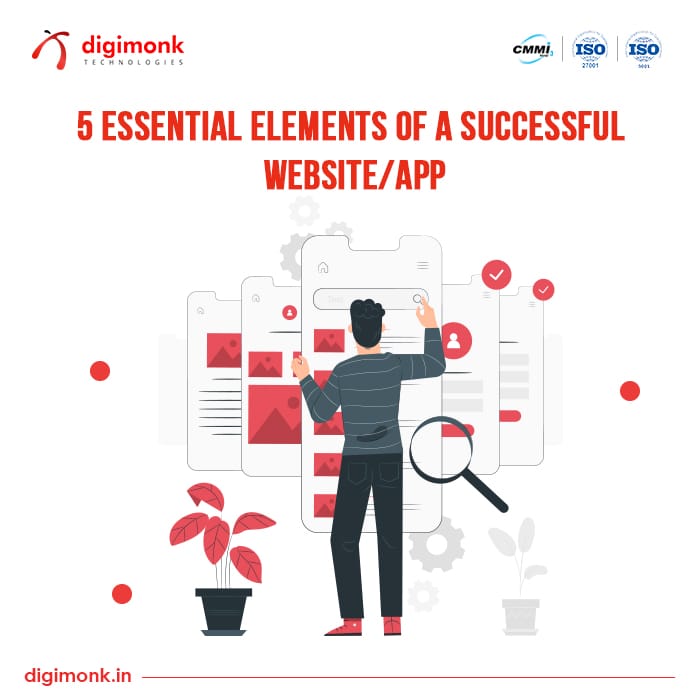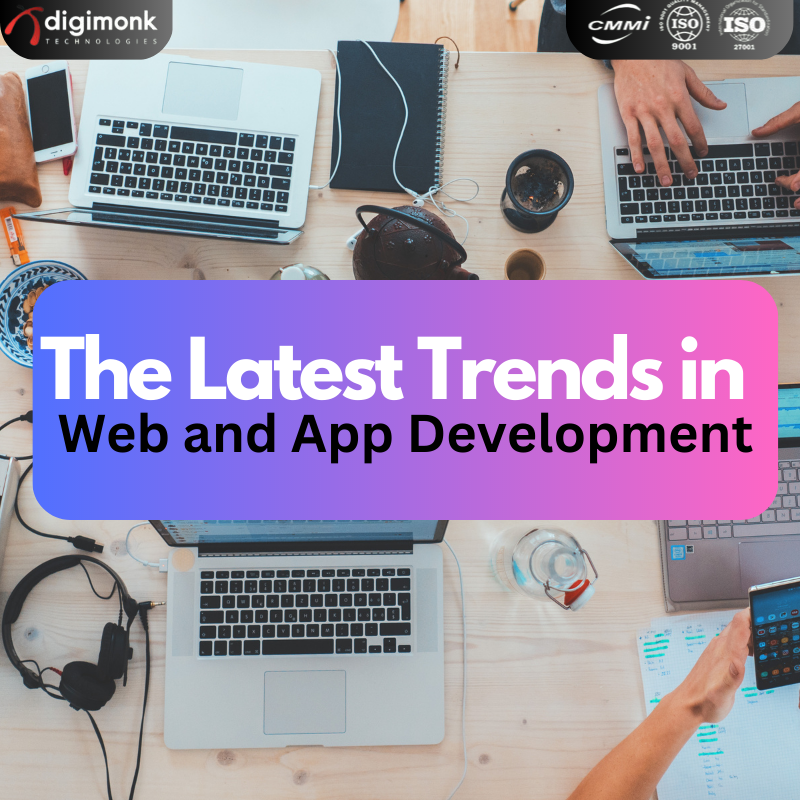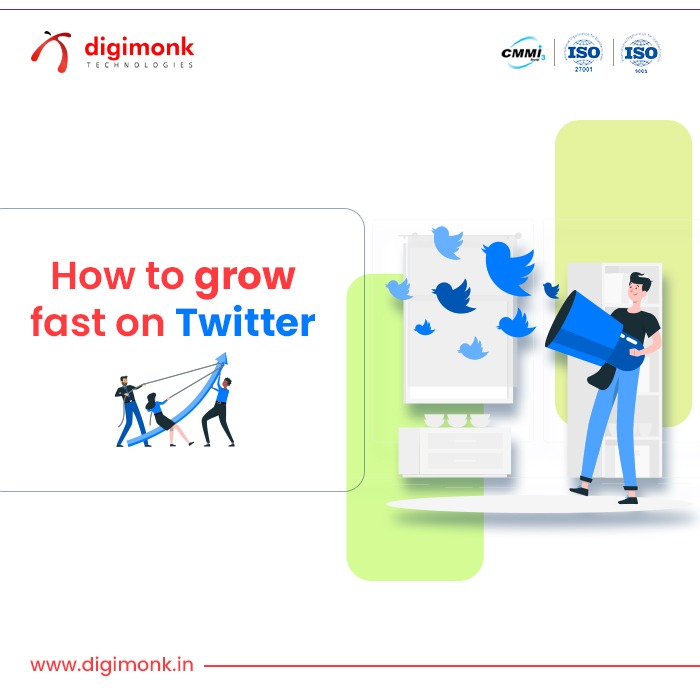10 August, 2023

Are You Looking For a
Web Devlopement | App Devlopement
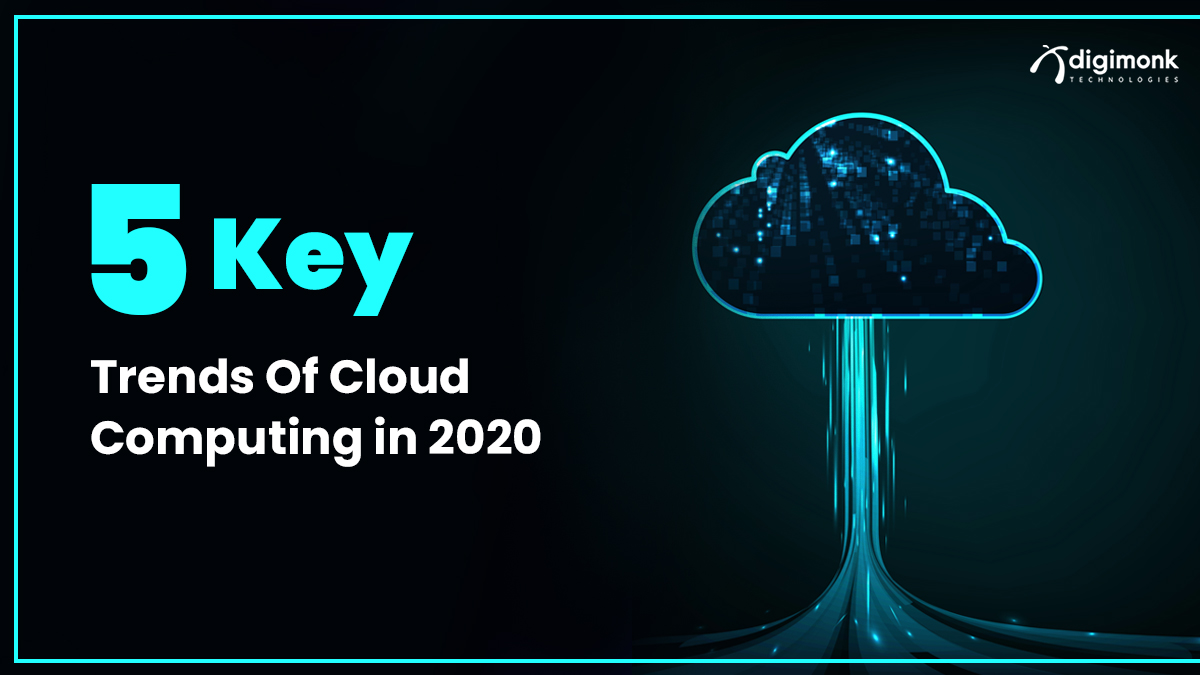
5 Key Trends Of Cloud Computing in 2020
Introduction
Cloud is scalable, robust, and cost-productive. Cloud innovation is beneficial for application development, utilizing the cloud for custom application development has demonstrated to be prevalent. We are simply beginning to observe the event of this concept into a change . Cloud computing changes the way during which we consider data, the way during which organizations consider their operations and therefore the manner during which engineers consider building. Let’s check out a number of the cloud computing trends which will happen in 2020.
As we enter a replacement decade, let’s take a glance at a number of the foremost important cloud trends and Digimonk will assist you to understand how you'll stay top of the newest cloud trends to form your cloud strategy more successfully.
Cloud Computing Trends 1: Multi and Hybrid Cloud Environments Will still Grow
In 2020, the emerging cloud trend is that enterprises are getting less worried about sticking with one cloud vendor, and are embracing a multi-cloud or hybrid-cloud offering where they will get the simplest out of every solution. consistent with Global Channel Chief at Google, Carolee Gearhart, “Gartner is estimating that by 2021, 75 percent of midsize and enormous organizations will have adopted multi-cloud or a hybrid strategy. once I believe that just in terms of where we are within evolution, meaning 2020 goes to be a year of really big acceleration.”
In a multi-cloud world, hybrid cloud will still be the deployment model of choice as more flexibility is obtainable to enterprises by multiple cloud providers. Research firm Gartner, as an example , predicts that by 2020, 75 percent of organizations will have deployed a multi-cloud or hybrid cloud model.
Cloud Computing Trends 2: Retaining Compliance in an Increasingly Complex Environment
In order to hitch this cloud trend, businesses got to have a vendor-agnostic approach and appearance for SaaS solutions that reduce bottlenecks or blind spots. Visibility across a heterogeneous environment is going to be more important than ever, ensuring that organizations are able to do an equivalent level of insight across the board, in various instances and platforms, without gaps.
If this is often unsuccessful, these blind spots might be leveraged by cyber-attackers, or could leave issues for internal governance and compliance. At the instant , data privacy and security are cited because the top roadblocks for enterprise cloud adoption, and introducing additional infrastructure into the combination further complicates the matter.
Cloud Computing Trends 3: Organizations will make it a Priority to regulate Cloud Costs
According to Gartner, the worldwide revenue from public cloud will grow by 17% this year to $266.4 billion. A record-breaking 60% of organizations are going to be using an external cloud provider’s managed services offering by 2022, doubled from 30% in 2018 – growth is an undeniable cloud trend.
The decentralized model of consumption has raised costs for organizations exponentially, and sometimes with none control over the spiraling bottom line. Businesses will need to start to urge a handle on these costs as cloud usage grows, streamlining the expenditure that they're not utilizing to full effect, and ablation duplicate spending or unnecessary overheads.
As different cloud and hybrid services have different pricing and billing models, and costs can change from month to month, this might be a large order . Innovative third-party solutions which will support organizations in getting granular insight into their hybrid network and supply unified management of costs will rise to the highest .
Cloud Computing Trends 4: Hyperconverged Infrastructure Set to ascertain Increased Interest
Hyperconvergence—an IT framework that integrates storage systems, servers, and networking into one single platform—has emerged to be a well-liked choice thanks to its promise of centralized and straightforward monitoring, while increasing scalability. According to a prediction by Gartner, by 2020, 20 percent of business-critical applications currently deployed on three-tier IT infrastructure will transition to a hyperconverged infrastructure (HCI). Research firm Mordor Intelligence predicts that the hyperconverged infrastructure market is predicted to register a healthy CAGR of over 13 per cent from 2019-2024. The firm says that HCI solutions are increasingly emerging as the ideal alternative to public cloud platforms as these systems are simple to manage and help reduce the prices related to traditional data center systems.
Cloud Computing Trends 5: A Continued Shift to Tech on Demand
As cloud costs get taken in check , businesses will have more revenue at their disposal to require advantage of those solutions that beat their specific industry challenges. In turn, providers will look to obtrude innovation that's easily accessible to a good audience, features a low learning curve, low-code interface, and is more democratized overall, in order that anyone can reap the rewards. Without the necessity for a team of knowledge scientists, organizations will begin to ascertain the advantages of Machine Learning, AI, and automation during a very tangible thanks to solve and enhance business strategy and an exciting cloud trend in 2020.
Summary of Trends of Cloud Computing
Businesses nowadays are seeking innovative ways to grow and attain their business goals. With the assistance of cloud computing, this business will keep it up growing within the future. Cloud computing is powerful and expansive and can still grow within the future and supply many benefits. Cloud computing is extremely cost-effective and corporations can use it for his or her growth. The longer term of cloud computing is bright and can provide benefits to both the host and therefore the customer. One should confine mind that the owner of the corporate should be conversant in the newest development happening in Cloud technology.
